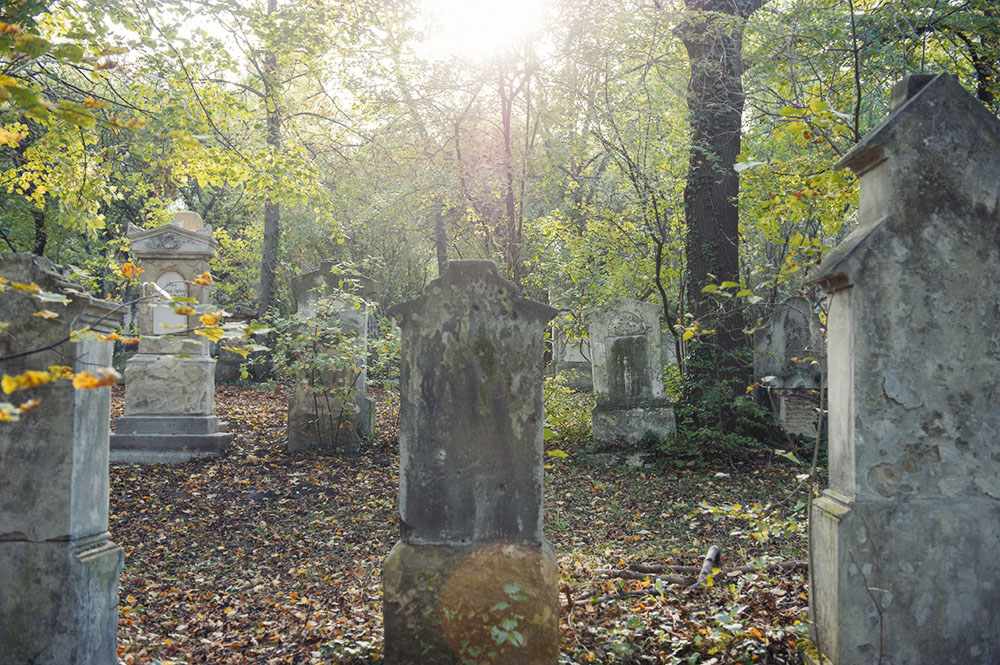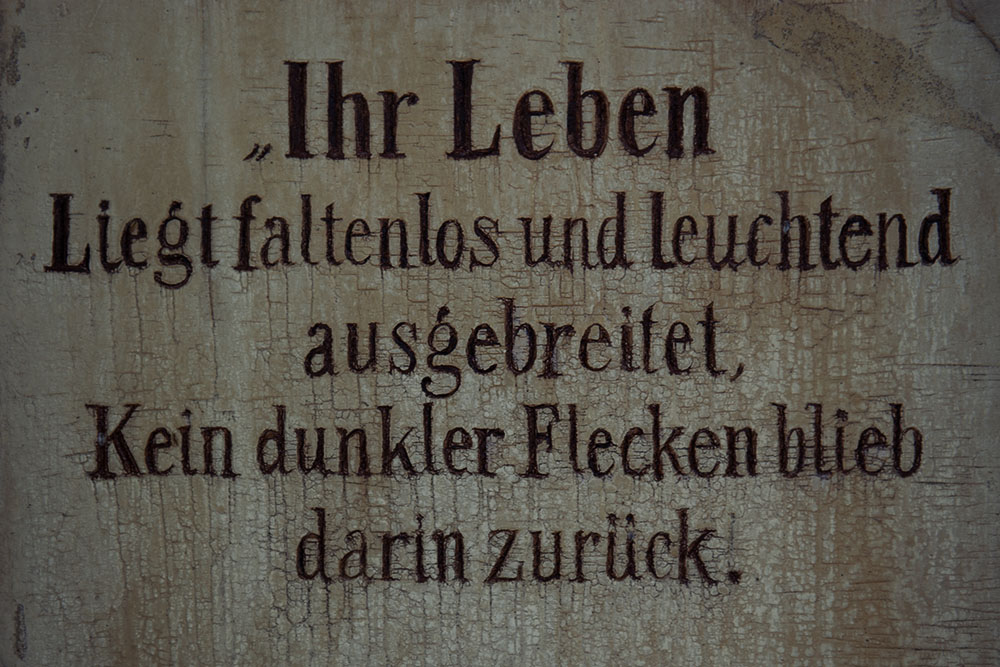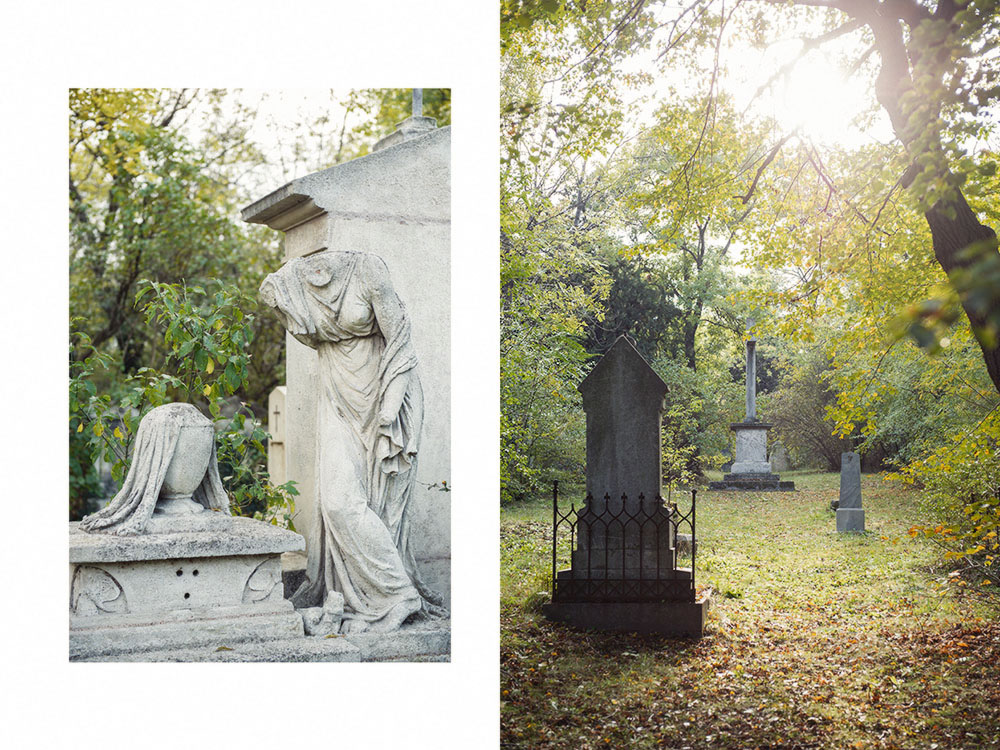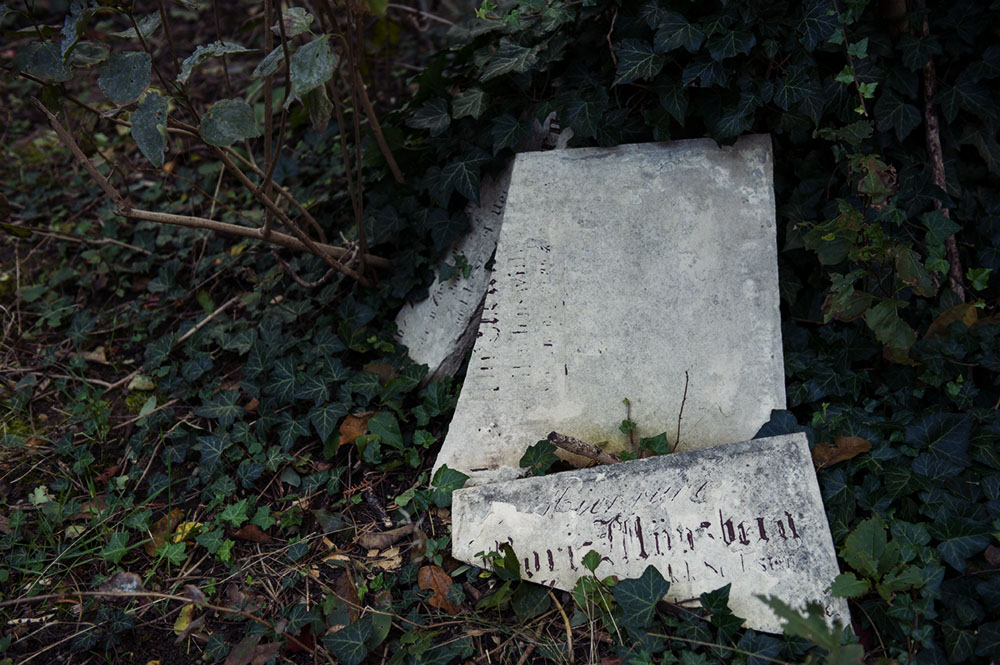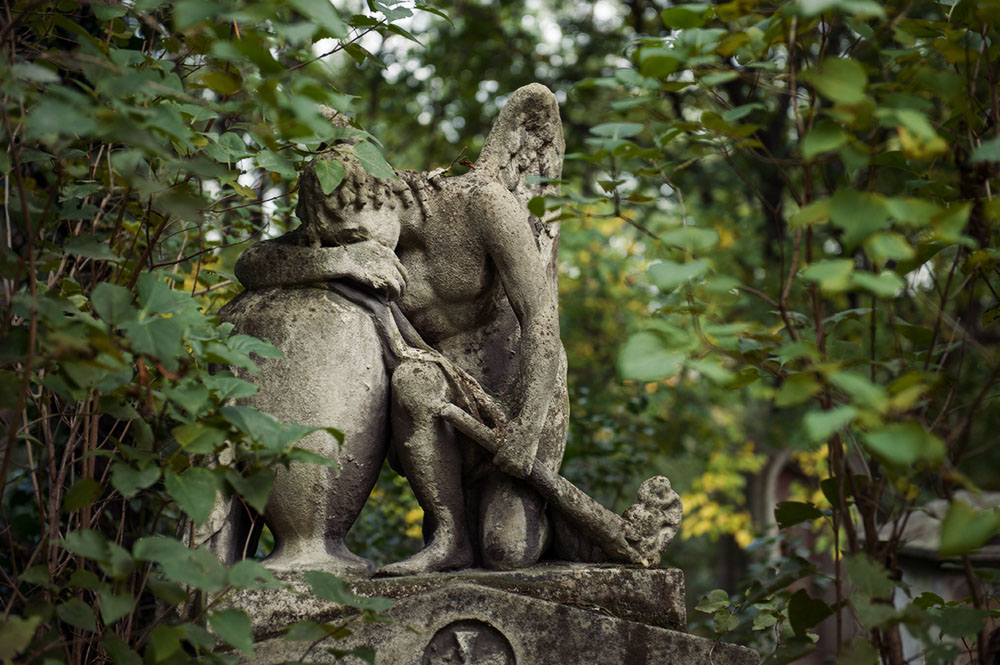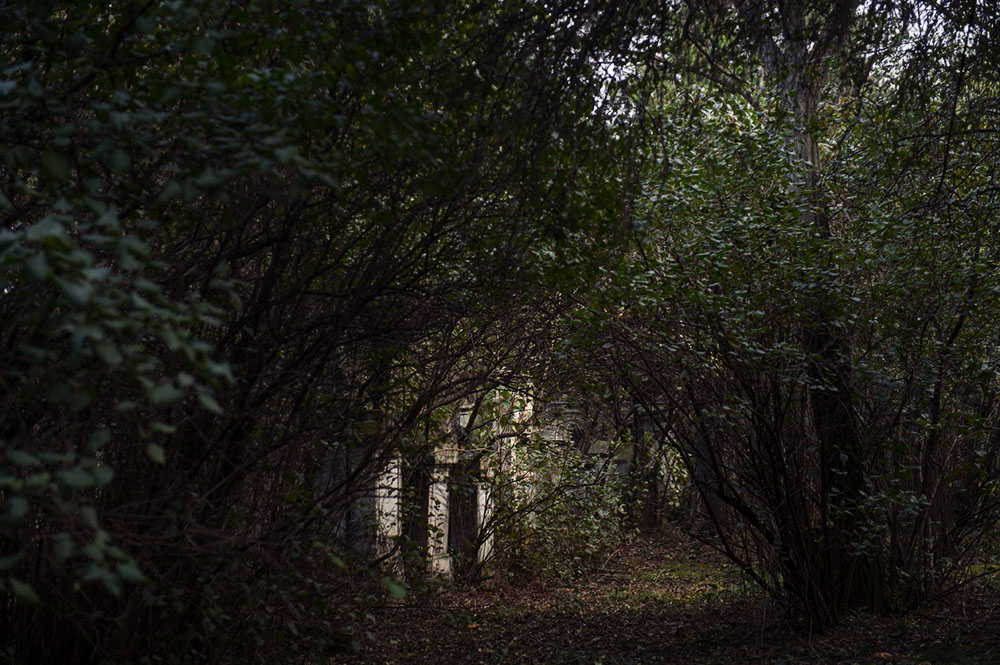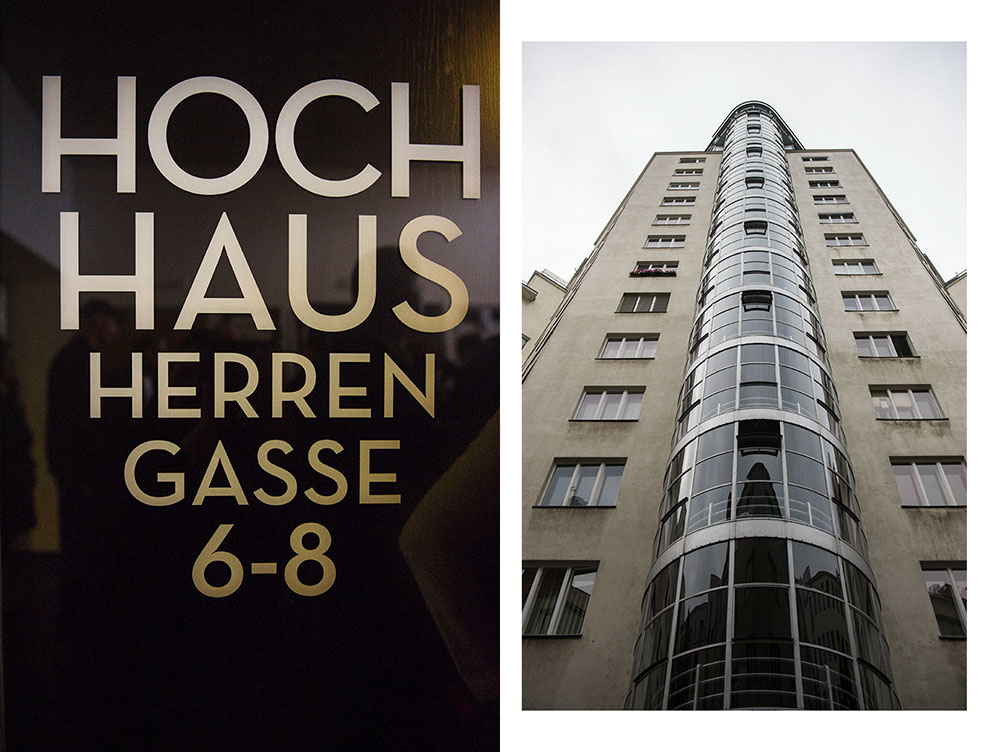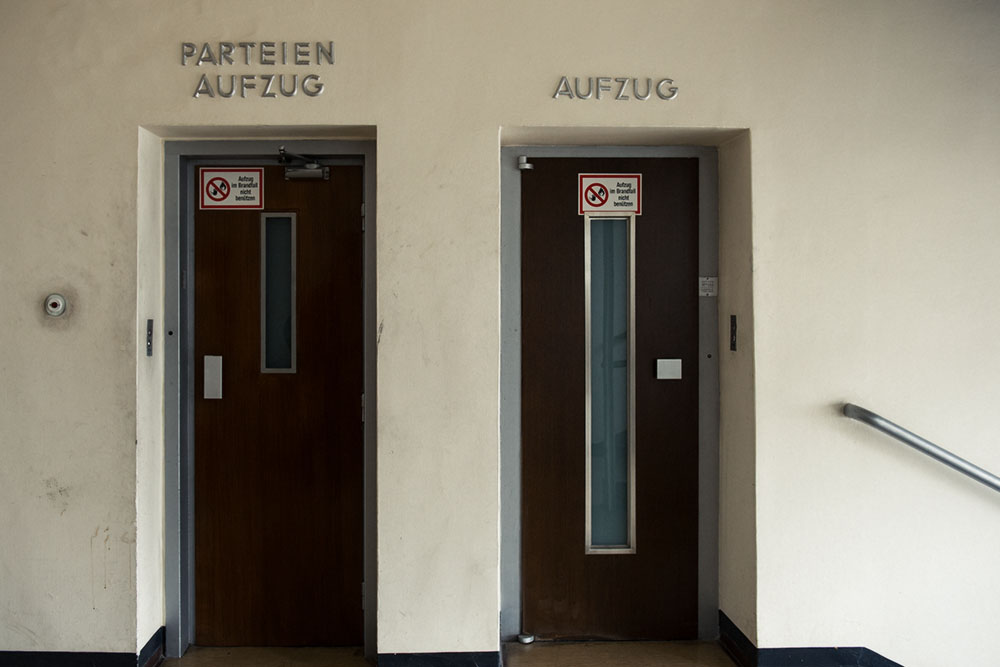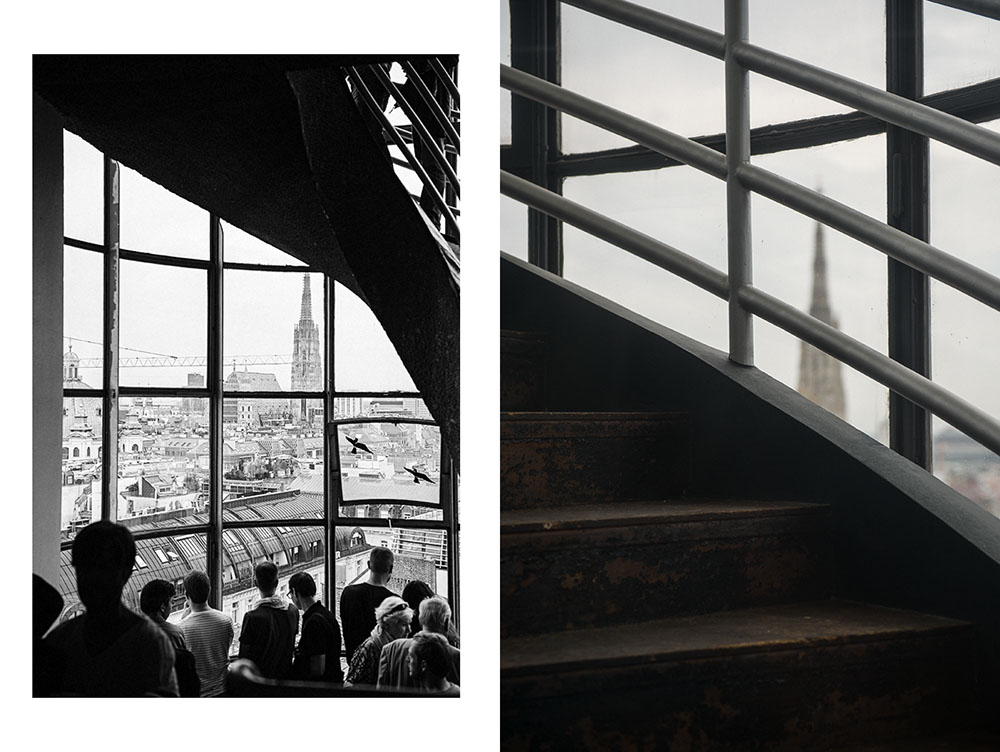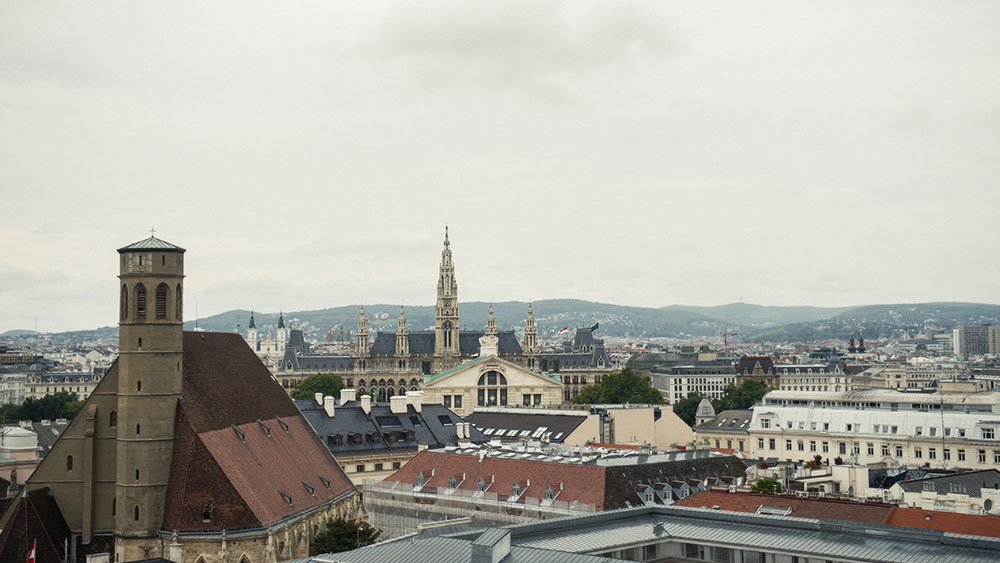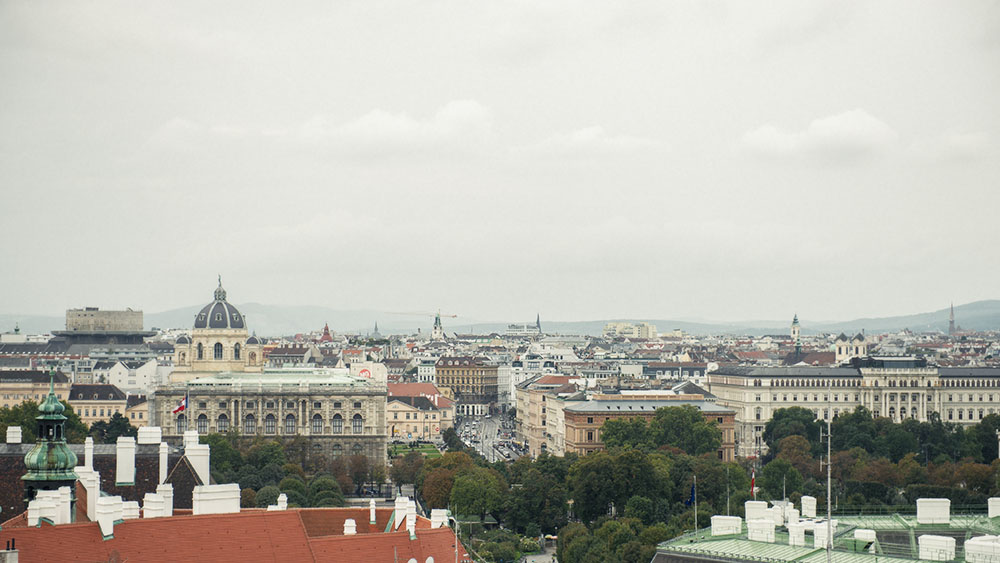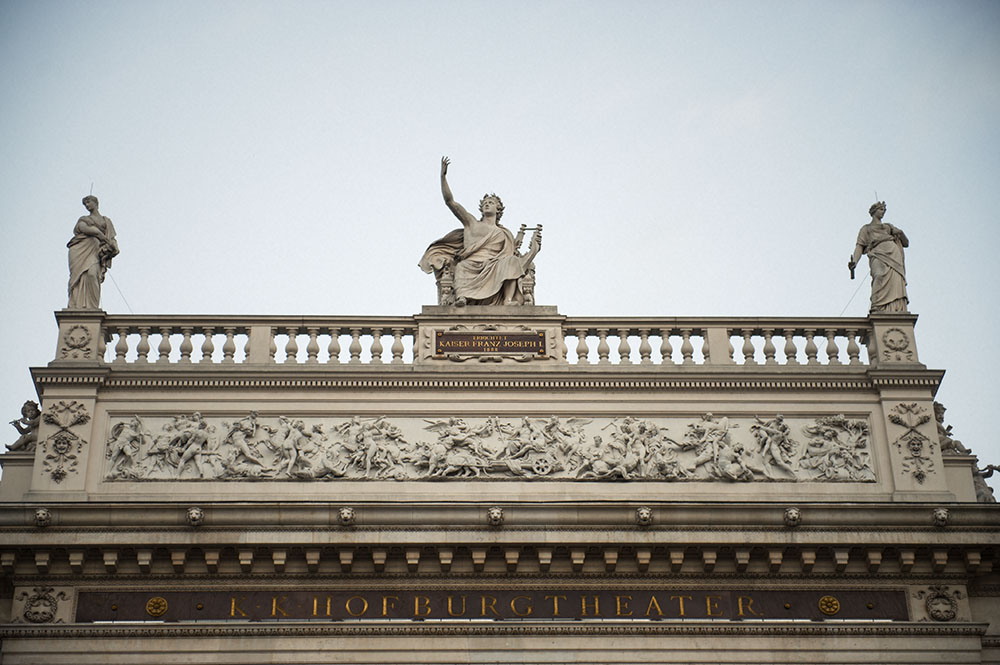Let me take you to one of my favorite places in Vienna, the only still existing graveyard from the Biedermeier period in Europe: Cemetery St. Marx in Viennas third district. As soon as you enter the park you feel a certain kind of calmness and are at peace. It´s the perfect place to take a breath and give oneself a little time off, an isle of calm.
The cemetery was opened as one of five “communal graveyards” in 1784 following a decree by Emperor Joseph II that forbade further burials in cemeteries within the outer walls of the city of Vienna. At this time todays third district “Landstraße” was still only a small suburb.
Quite a few famous artist were buried at St. Marx, like architect Josef Kornhäusel, world traveller Ida Pfeiffer, floral artist Franz Xaver Gruber, the composers Franz Xaver Süssmayr, Joseph Strauss, Anton Diabelli and in 1791 after a funeral at St. Stephens Cathedral Wolfgang Amadeus Mozart.
Mozart was buried in a pauper´s grave, the exact location of his grave remained unknown for many years until 1855 when it is believed the grave was discovered. In 1859 Hanns Gasser built a monument there. This was later transferred to the group of honorary graves for musicians at Vienna´s Central Cemetery. A stone with Mozarts name was set on the empty space at St. Marx, later a “Mourning Genius”, a new stone tablet and a column were added.
When Vienna´s Central Cemetery opened in 1874 all the “communal graveyards” were closed. In the following decades the graveyard was more or less untouched and left alone, trees and bushes started to overgrow the stones. In 1922 it was decided to convert the five communal graveyards to parks – but some fighted for the conservation of St. Marx and the cemetery became a listed building. After some renovations the park was opened for the public in 1937.
Cemetery St. Marx has remained a public park until today – some years ago volunteers started again to renovate the gravestones and clear the area, it´s an ongoing project and I think they work very carefully and with lot of respect and love!
